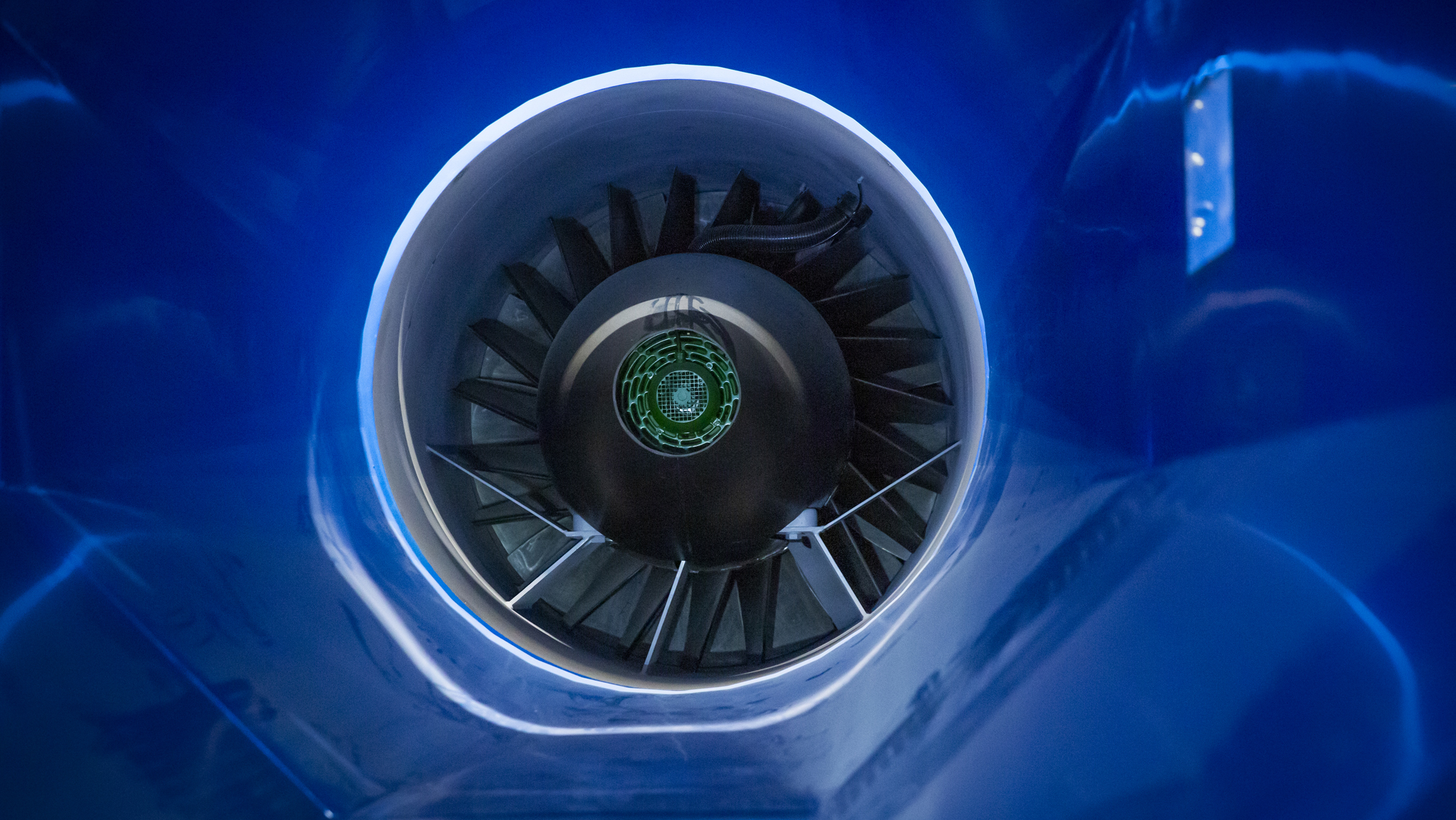
News updates
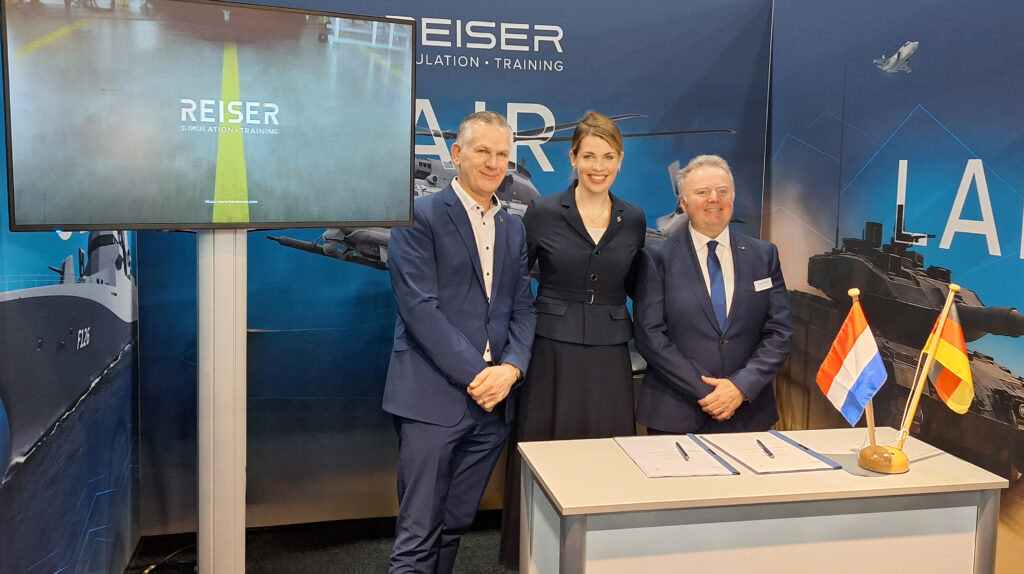
Reiser Simulation and Training GmbH and Royal NLR – Netherlands Aerospace Centre today announced a strategic partnership to bid jointly on a tender to deliver high-fidelity H225M Caracal helicopter tactical training devices to the Royal Netherlands Air Force (RNLAF), with Reiser serving as the prime contractor. This collaboration brings together Reiser’s proven track record in building next-generation helicopter training devices and NLR’s expertise in advanced mission simulation technologies.
Under the agreement, the two organisations aim to jointly develop and deliver H225M Caracal tactical training media for aircrew and other training solutions for ground crew, with the goal of enhancing mission readiness and training effectiveness for Dutch crews. The training environment is poised to include fully networked, immersive simulation systems tailored to the operational requirements of the RNLAF’s H225M fleet.
Following design and production, the sustainment phase will involve increased efforts within the Netherlands, thereby ensuring local presence, support and oversight. “Reiser is proud to partner with NLR to support the RNLAF,” says Dr. Johannes Hain, CEO of Reiser Simulation and Training. “This potential project reflects our shared commitment to delivering cutting-edge training solutions that combine operational realism, precision, and adaptability.”
Mark van Venrooij, Vice President Aerospace Systems at NLR, says: “Together, we are ready to deliver highly realistic and reliable mission training solutions, ensuring crews are fully prepared for complex missions.”
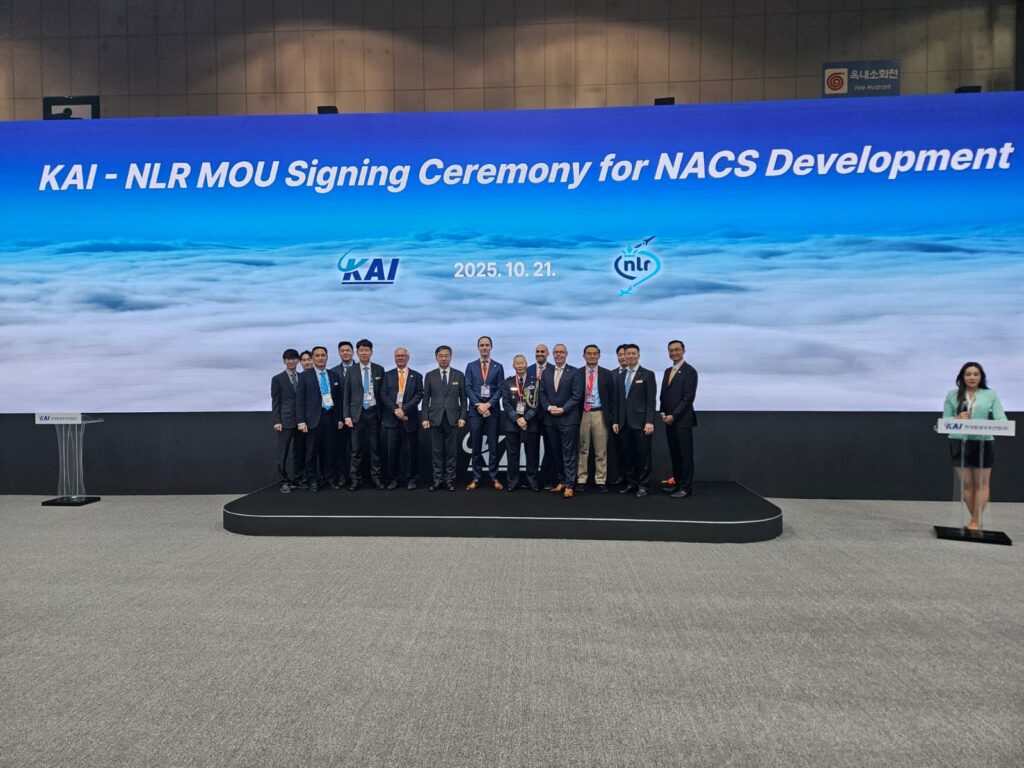
Royal NLR (Netherlands Aerospace Centre) is pleased to announce that it has signed a Memorandum of Understanding (MoU) with Korea Aerospace Industries (KAI).
The signing of the MoU underscores the commitment of both organisations to advancing aerospace technology and enhancing defence capabilities. Royal NLR’s expertise in aerospace research and development will provide valuable insights and support to KAI’s project, ensuring the highest standards of innovation and quality.
“We are delighted to partner with KAI on this significant project, especially since we have been working together for over 20 years” said Henk van Dijk, Vice President Aerospace Operation, Royal NLR. “Our team of experts is looking forward to contributing to the development of the Next Aerial Combat System, and we are confident that our collaboration will yield groundbreaking results.”
The partnership is expected to foster a strong relationship between Royal NLR and KAI, paving the way for future collaborations and knowledge sharing in the field of aerospace.
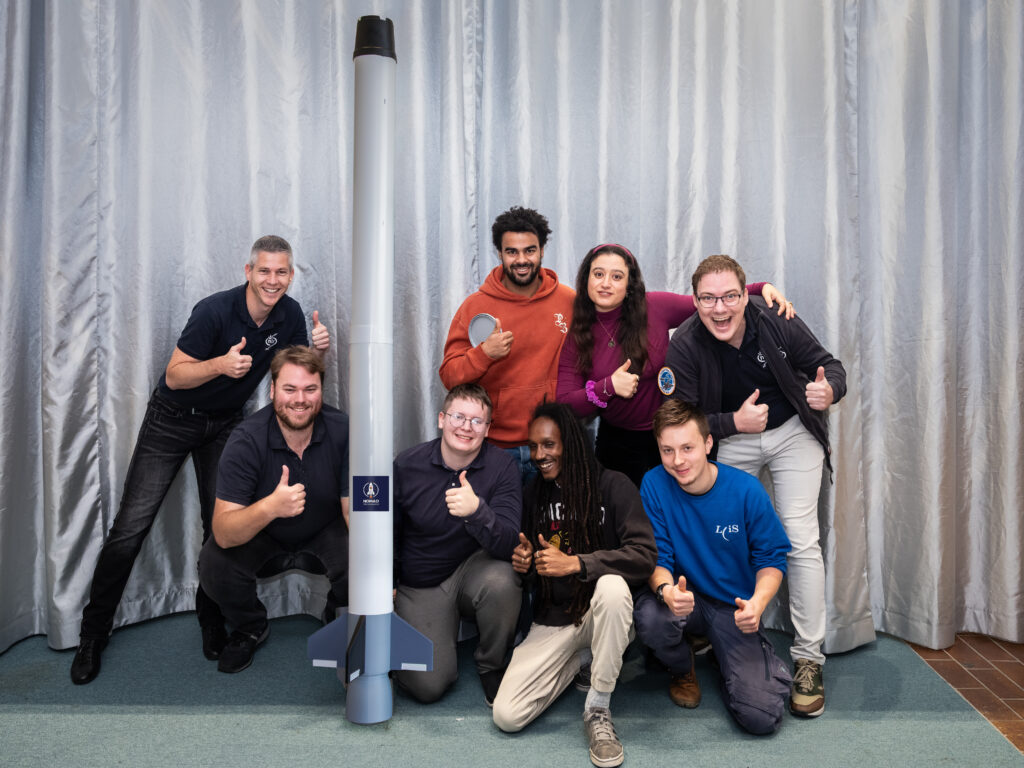
This weekend, NLR and TNO joined forces at the EUDIS Defence Hackathon, supporting and mentoring talented innovators working on the future of space and defence technologies.
The teams explored responsive access to space, marking an important step towards a new generation of European spaceflight. Participants addressed a wide range of challenges, from enhancing operational resilience to exploring ways to strengthen Europe’s technological sovereignty. Through collaboration and knowledge sharing, they delivered tangible results and valuable insights for Europe’s security.
With one of our colleagues serving on the jury, we are proud to contribute to initiatives that foster innovation, expertise and collaboration across the European defence and space community.
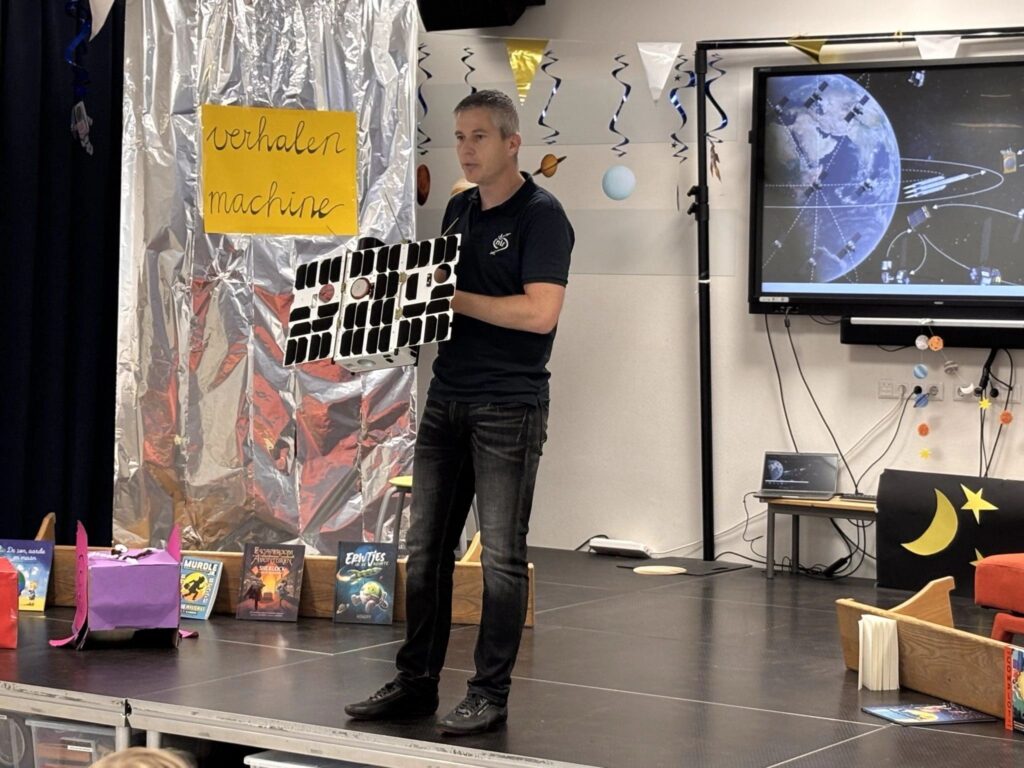
What a week! Our colleagues have been giving guest lessons at schools all over the Netherlands. They’ve shown children just how cool space is and how it affects our daily lives. From the technology we use to the discoveries we make, space is a world full of possibilities.
As NLR, we think it’s essential to take on our social responsibility and make an impact. And we’re happy to do that. We hope our guest lessons have helped inspire the children and shown them that they too can play a role in the future of space!
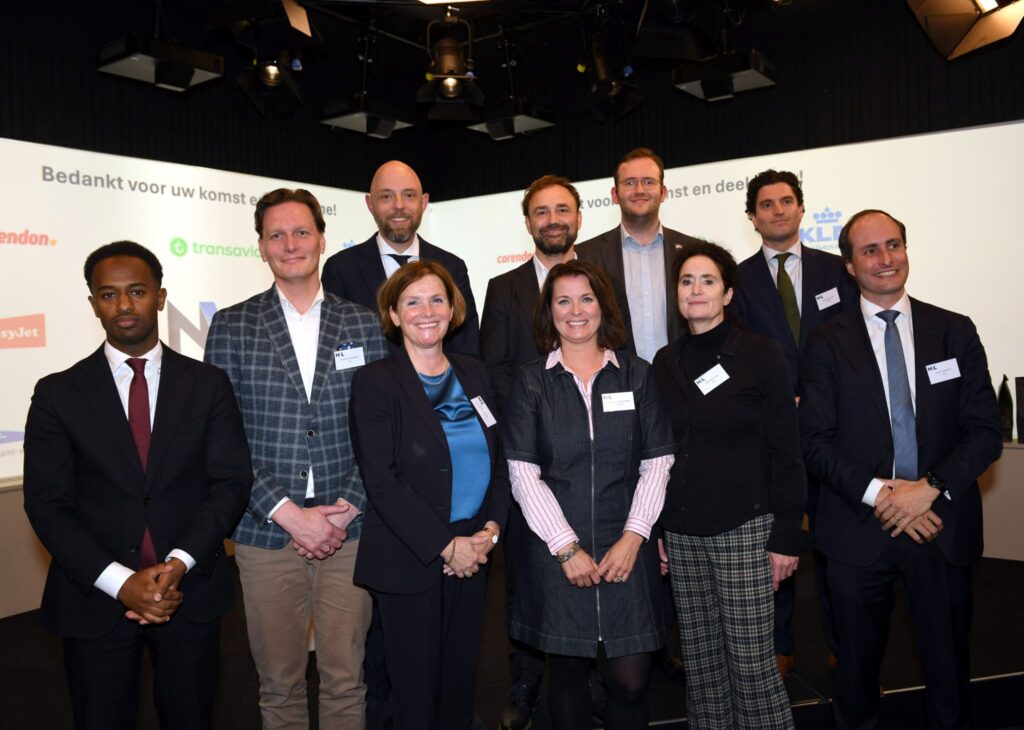
In the run-up to the national elections, the Netherlands Association of Airports (NVL) organised an election debate on aviation, a topic featured in several party programmes.
The CTO of NLR, Martin Nagelsmit, was also present and spoke on behalf of LRN: “We are facing a major challenge to make climate-neutral aviation possible by 2050. We need to break through an impasse. The market alone cannot meet this challenge”.
This was a call to politicians for strong government involvement that can remove risks and get the engine of innovation running smoothly, just like a flywheel that needs a strong impulse to keep spinning smoothly.
Several (aspiring) members of parliament from BBB , CDA, D66, GroenLinks-PvdA, JA21, and VVD from the House of Representatives discussed this topic.
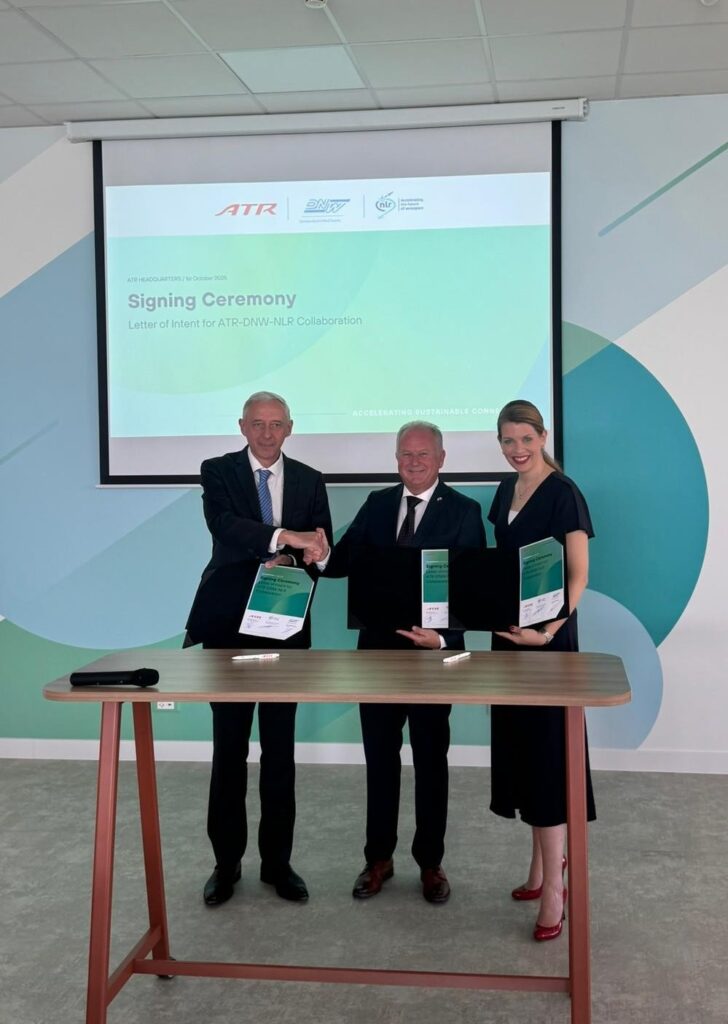
During an economic mission to Toulouse (France), in the presence of Their Majesties the King and Queen, NLR, aircraft manufacturer ATR (Avions de Transport Régional), and DNW (German-Dutch Wind Tunnels) signed a Letter of Intent. This marks the start of exploring a broader collaboration in wind tunnel testing, model design and manufacturing, instrumentation, and simulation, aiming to formalise this partnership into a Memorandum of Understanding (MoU).
Building on existing Clean Aviation projects, the partners will align their technological roadmaps to enhance test capacity, data analysis, and efficiency. This collaboration aims to contribute to the future of cleaner regional aviation, reflecting the shared commitment of NLR, ATR, and DNW to innovation and sustainability.
A joint working group will be established to prepare the groundwork for the MoU, ensuring the partnership maximises potential benefits. By leveraging collective expertise and resources, the partners seek to drive advancements in clean aviation technology.
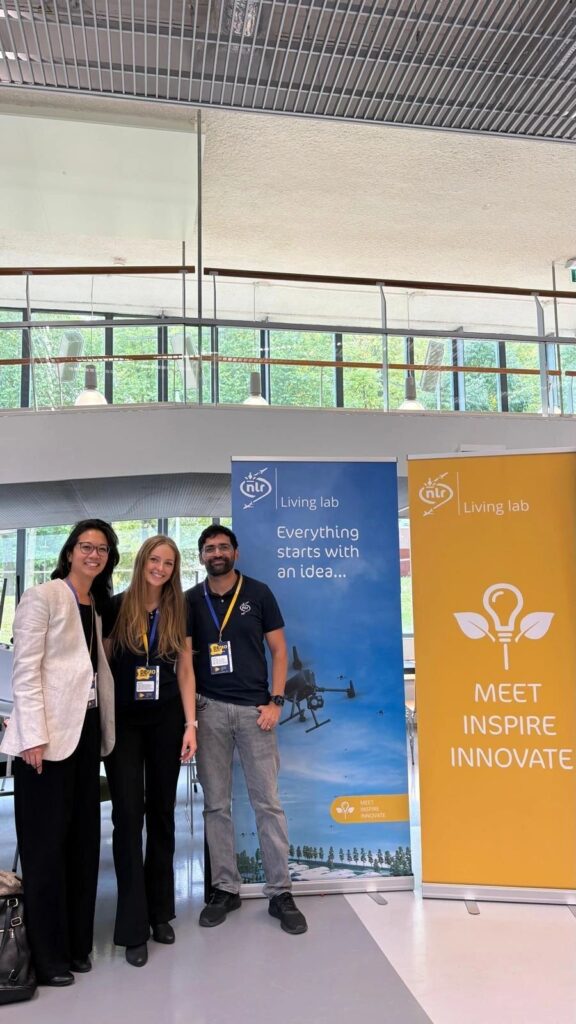
Earlier this week, our colleagues had the pleasure of representing NLR at the DEMOday of the Aerospace Innovation Hub at TU Delft. This event gave us the opportunity to connect with startups that are shaping the future of aerospace.
Events like this reaffirm the importance of creating bridges between research, entrepreneurship, and industry. The TU Delft Aerospace Innovation Hub is proving to be a fantastic ecosystem for doing just that and we’re honoured to collaborate with them.
We’re looking forward to building on the many great conversations we had on this day and exploring opportunities to strengthen the Dutch aerospace startup community. These are exactly the kinds of collaborations we at NLR want to foster and support through the NLR Startup Programme.
Read more about our Startup Programme.
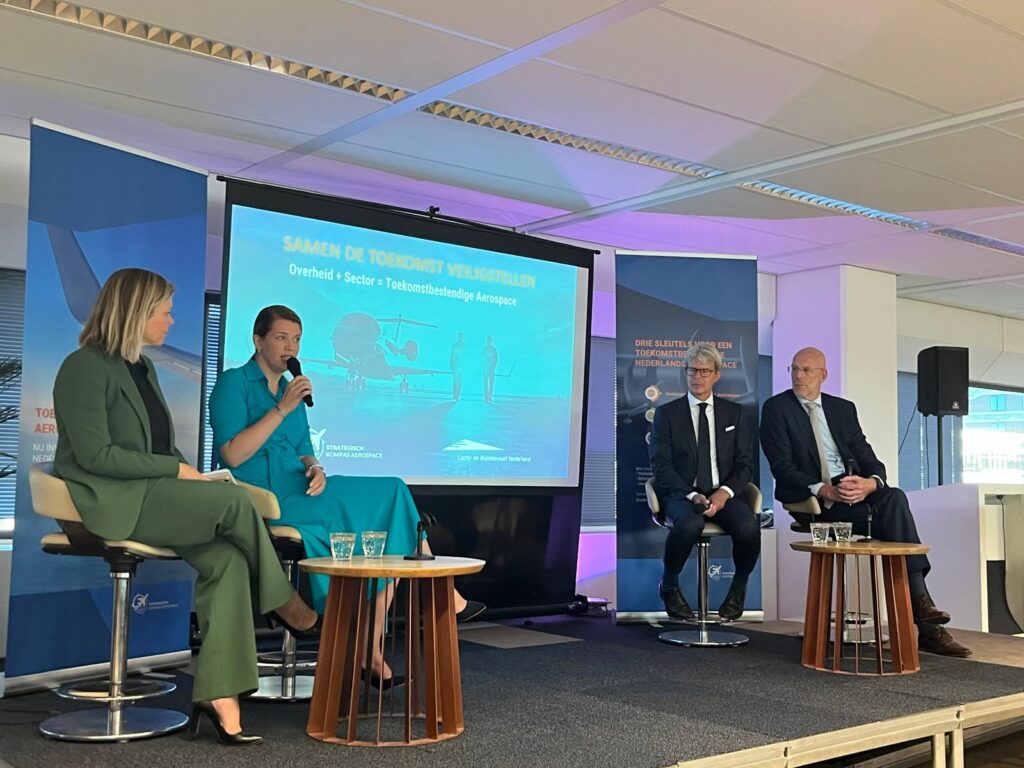
Investing now is in the interest of Dutch prosperity, well-being, and resilience. In this context, the Netherlands Aerospace Industry Association (LRN) presents the ‘Strategic Compass Aerospace’ to the Ministry of Economic Affairs. This outlines how the aerospace manufacturing industry’s technical expertise, innovative power, and strong knowledge base strengthen European strategic autonomy and contribute to more sustainable aviation technologies.
Tineke van der Veen, CEO of NLR: “This compass is crucial for the Dutch sector and the aerospace ecosystem to which NLR also belongs. In the international, civil, and military aviation chain, the Netherlands plays a distinctive and strategically important role on the world stage. I therefore call on politicians to work together to make clear agreements on investments and long-term policy. With the allocation of a structural aviation fund, we can embrace the talent of the future and adequately anticipate our urgent societal challenges.”
LRN is a foundation, resulting from a collaboration of various parties and organisations from the Dutch aerospace ecosystem. This gives the Dutch industrial sector one face and one voice in communication with politics and the Dutch government. Innovation is an essential value to strengthen the Netherlands’ competitive position, which is also at the core of NLR; with applied research, we support the sector by converting promising concepts into concrete applications for the benefit of a safe and more sustainable society.
You can download the ‘Strategic Compass Aerospace’ here at the news item of LRN (in Dutch).
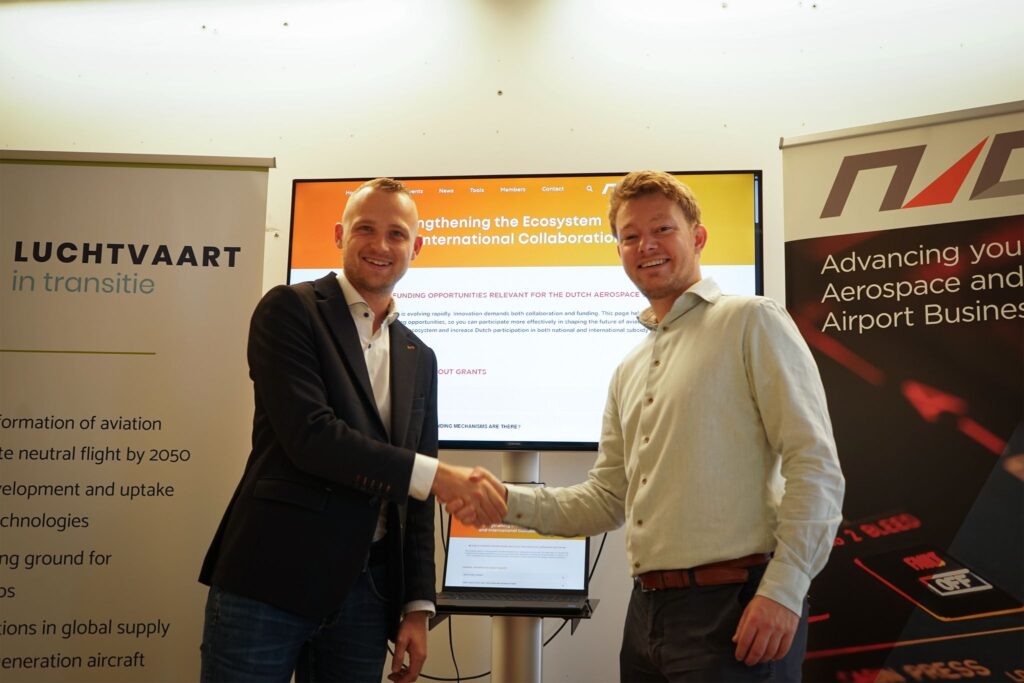
Together with NAG and Luchtvaart in Transitie, we created a central overview of public funding opportunities to help Dutch aerospace organisations innovate and grow. Explore open calls, plan ahead and find the right partners in collaboration with NAG.
This initiative underlines our shared goal to strengthen the Dutch aviation ecosystem together. Read more about it on the NAG-website.
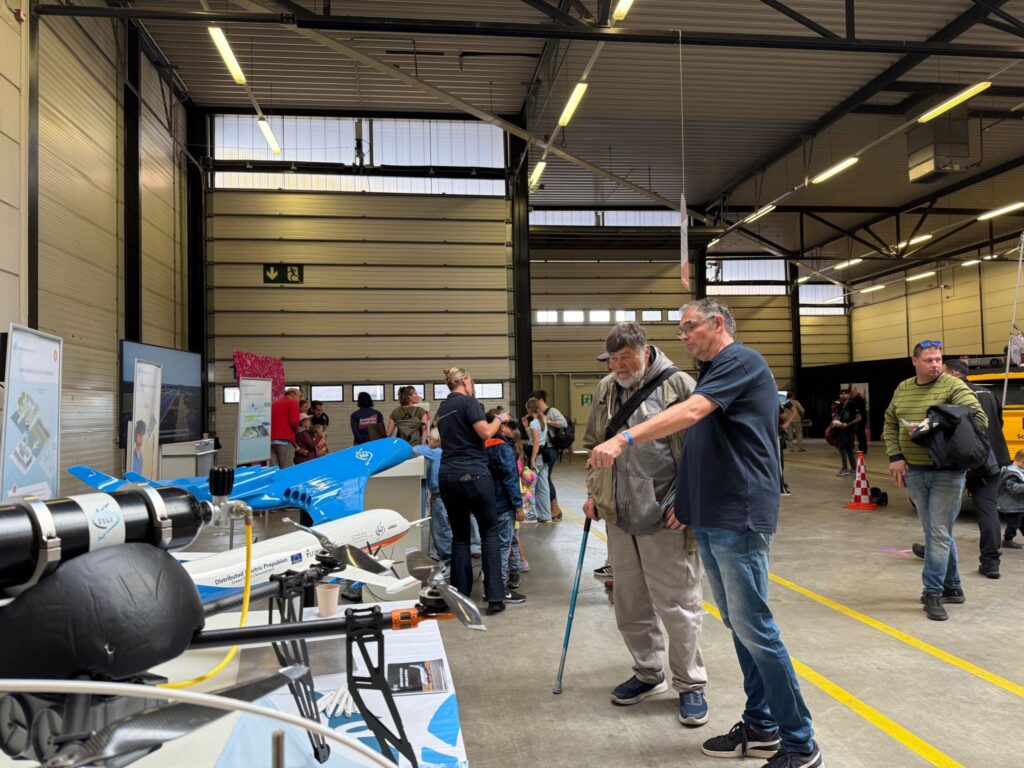
Last weekend, our colleagues introduced local residents near Schiphol to NLR’s research and activities at the Schiphol Neighbourhood Days 2025. It was incredibly valuable to engage in conversation and experience the curiosity of these neighbours, young and old, towards innovations that aim to accelerate the sustainability of aviation.
Thank you to Schiphol for the opportunity to participate in this event again!

Space is becoming increasingly important for our security and independence. Satellites play a key role in this. Within a few years, satellites entirely developed and manufactured in the Netherlands will take their place in orbit around the Earth.
The Ministry of Defence has recently approved the Military use of Space plan. This means that Defence, NLR, TNO and partners from industry are jointly investing in the development of a national satellite capability. In doing so, we not only strengthen security and information superiority, but also the strategic autonomy of the Netherlands.
For NLR, the focus lies in making full use of our expertise and testing facilities. Together we are taking the step from concept to practice, with reliable technology for the future of defence and space.
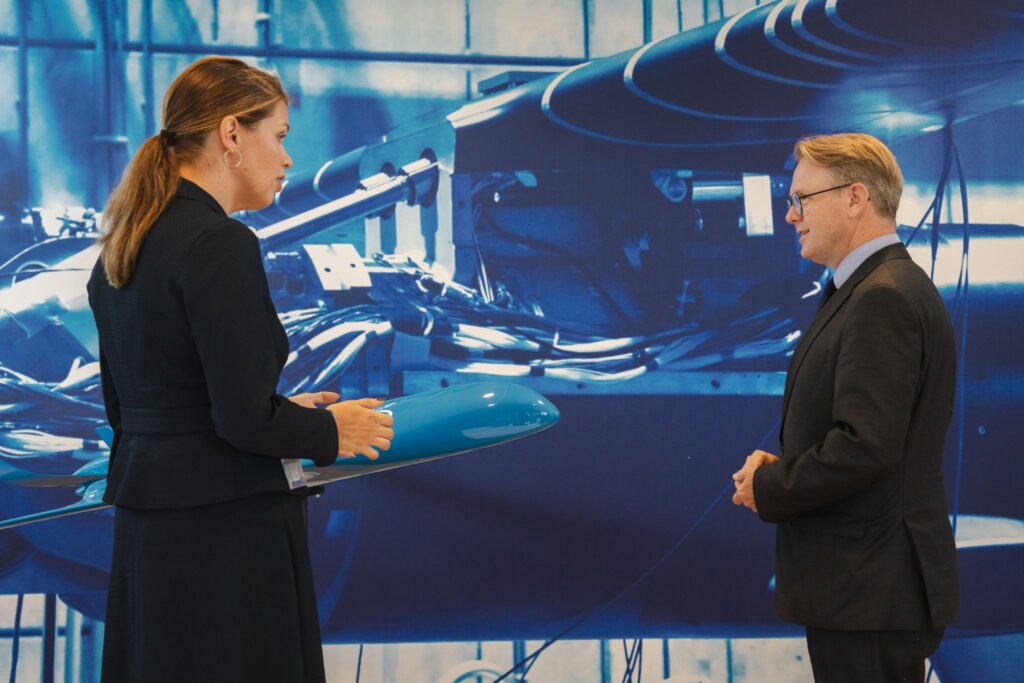
To gain a better understanding of current societal issues related to aviation, Minister Robert Tieman was briefed yesterday by NLR experts.
To keep aviation safe and make it more sustainable and efficient, a great deal of research is required. This includes reducing the climate impact, limiting noise pollution, and improving the use of Dutch airspace for both civil aviation and the air force. By providing innovative and practical solutions, NLR aims to strengthen the competitiveness of Dutch businesses and contribute to solving societal issues.
During a tour, the group delved deeper into the perception of noise; how to simulate this perception, for example, of new/future aircraft for residents near airports, as accurately as possible. This knowledge provides insights to make informed decisions on societal issues related to aviation.
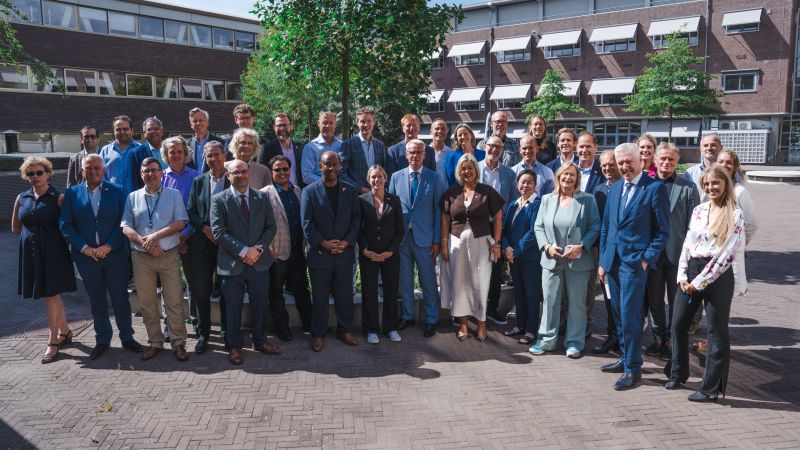
This week, NLR hosted the California Delegation on Climate & Mobility Innovation. At the working visit (including a delegation of NASA – National Aeronautics and Space Administration) we addressed developments, challenges and opportunities for Smart Mobility and Air Mobility.
Western Europe and the U.S. West Coast face many similar challenges such as air quality, oil dependence, sustainable jobs and traffic congestion. Transportation and mobility are key in this and offer opportunities for change and economic growth.
This mission is developed by the Provincie Noord-Holland in close collaboration with the Ministerie van Infrastructuur en Waterstaat (Ministry of Infrastructure) as well as the Netherlands Consulate in San Francisco. Other partners include the European Commission and its representative in California, the Province of Zuid-Holland, City of Amsterdam and City of Zandvoort.
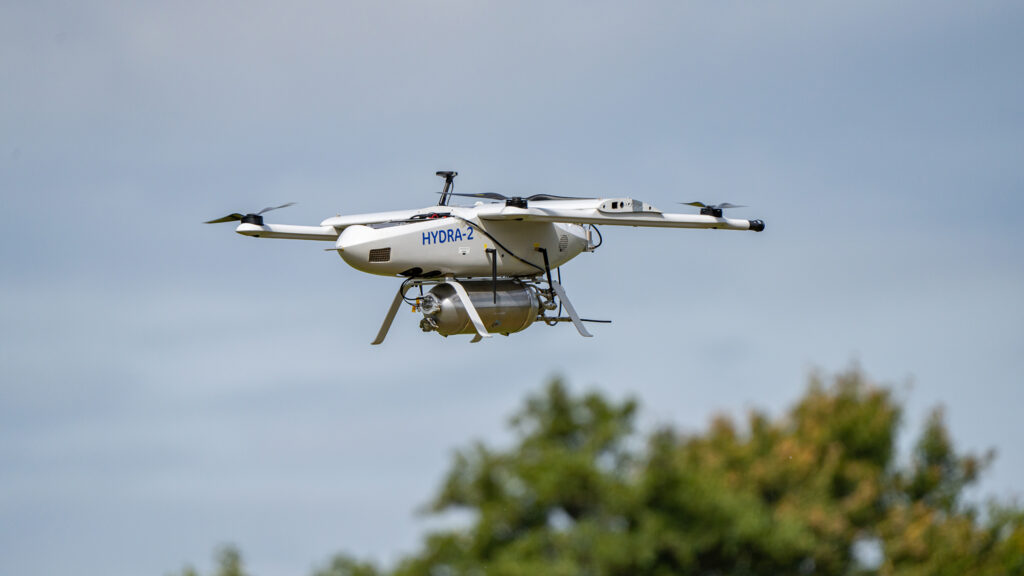
Exciting news! Our drone has successfully completed its maiden flight on liquid hydrogen! 📣
The HYDRA II, an innovative hydrogen-powered drone of Royal NLR, has made its first successful flights using liquid hydrogen as a fuel carrier. This Dutch first marks an important step towards developing more sustainable aviation by making hydrogen technology suitable for commercial applications.
NLR CEO Tineke van der Veen: “If hydrogen is produced sustainably, it can contribute to reducing the impact of fossil fuels on the climate, as water (vapour) is the only emission from the vehicle, in this case, the drone”.
For NLR, this milestone is of great importance because it not only shows that we have mastered the technology but also that we can safely manage the complex logistical processes involved.
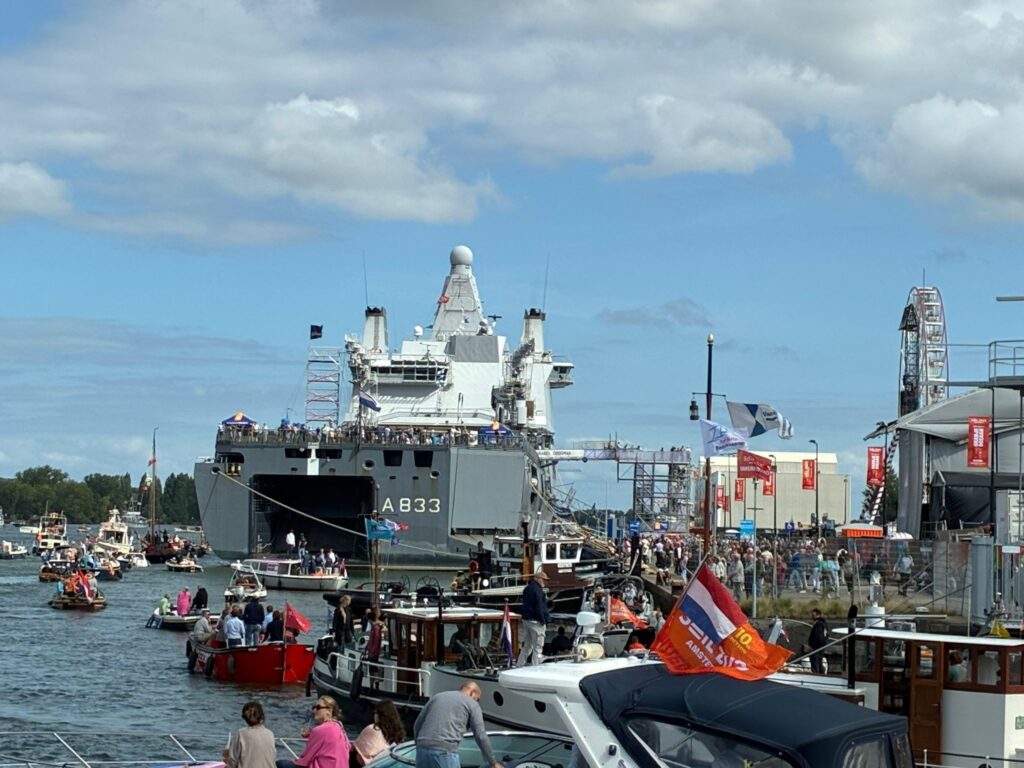
According to the website of SAIL 2025, in a world united by water, waves bridge the distances between us. The Netherlands’ largest open-access event provides a one-of-a-kind platform to celebrate this unity, both on and off the grounds. NLR couldn’t agree more.
Yesterday, we had the pleasure of joining representatives from the federal and regional government (the province of Flevoland) on board of the J.R. Tolkien. This energizing day showed us once again how maritime innovations can drive progress, just like they do in aviation. ⚓ ✈️
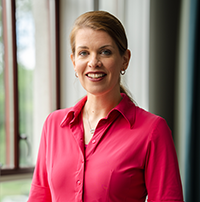
As the Royal Netherlands Aerospace Centre (NLR), we are taking a helicopter view of the election programmes. CEO Tineke van der Veen: “We are calling on political parties to pay attention to innovation, such as unmanned aviation and satellites, and the sustainability of aviation and mobility.”
The focus of NLR lies on:
- Attention to the 3% Lisbon norm for research & development
- Long-term vision for innovation and sustainability of aviation
- Structural financing programme for aviation
- Increased investment in space programmes, as space is included in 8 out of 10 programmes of the National Technology Strategy
- Innovation for societal challenges, such as UN climate goals
- The Netherlands must take the lead in defence for D-SII and the 5 NLD areas. It is essential that the government, in addition to regulation, also forms a vision with which industry, TO2, and Defence, together with the government, can create a powerful industry strategy for the long term. This will enable the armed forces to receive the right resources.
“Innovation is a driver for economic growth and necessary for solving societal challenges. The Netherlands must invest in long-term earning capacity and not just in short-term consumptive expenditure. NLR can be the link here and we will take our responsibility.”
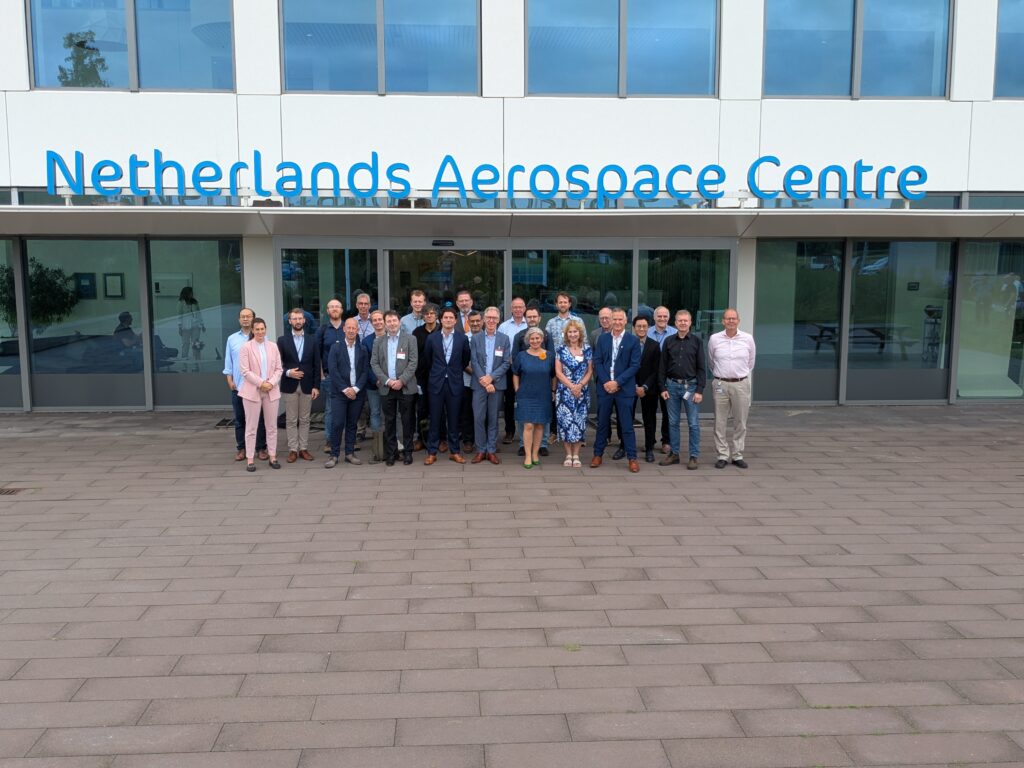
Last week, we had the pleasure of welcoming the TU Delft at NLR for a day of strategic alignment, in-depth technical discussions, and facility tours in the field of space.
🔹 The synergy between TU Delft and NLR is unmistakable – built on strong complementarity, shared ambition, and a mutual drive to innovate. This was evident across sessions covering cutting-edge technologies such as LaserCom, SSA & On-Orbit Assembly, PNT, and Rapid Manufacturing, as well as discussions on small satellites, constellations, and ISR.
🔍 Topics like additive manufacturing, environmental testing, avionics, spoofing, jamming and on-orbit servicing showed promising ground for collaborative research, joint student projects, and real-world application. Not just in civil aerospace but also for defense and dual-use technologies.
💬 As Henri Werij (TU Delft) and Martin Nagelsmit (NLR) highlighted in the wrap-up: Innovation accelerates when we remove barriers and proactively engage. We’re not waiting for perfect conditions. We’re building the future, together.
🙏 A big thank you to all participants for your openness, expertise, and energy.
💡 Next up is a session focused on innovation in aviation. Soon, we will revisit the progress made on the collaborations defined in the space market, aimed at supporting the growth of the NLSpace ecosystem.
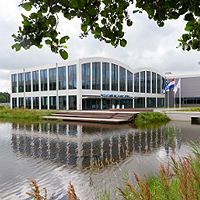
Today, the Council of State’s preliminary relief judge ruled on the suspension of the zoning plan ‘Landelijk gebied, Leemringweg 19-21 te Kraggenburg (NETL)’ for the period until the appeal against the zoning plan has been decided. The preliminary relief judge thereby ruled that the zoning plan be suspended during this period. NLR’s interest in conducting UAS flights weighs heavily as it not only affects its business operations, but is also crucial for national security and defence.
“First of all, we despite that it had to come to litigation in this case. However, the stakes are high. In any case, we are satisfied with this ruling,” said Jan Lintsen, CFO of NLR. “It is essential to be able to continue to fully use this airspace to carry out our drone tests for both civil and also defence applications. This applies to our own development which are also in the national interest of the Netherlands. We understand that the Noordoostpolder is a beautiful place for recreation, but the facilities in Marknesse are unique. This is because of the combination of the closed airspace, the operating licence and the facilities of NLR and the knowledge and test centre MITC that is also located on the NLR site.”
In the proceedings on the merits, the Council of State will ultimately rule on the final tenability of the zoning plan.
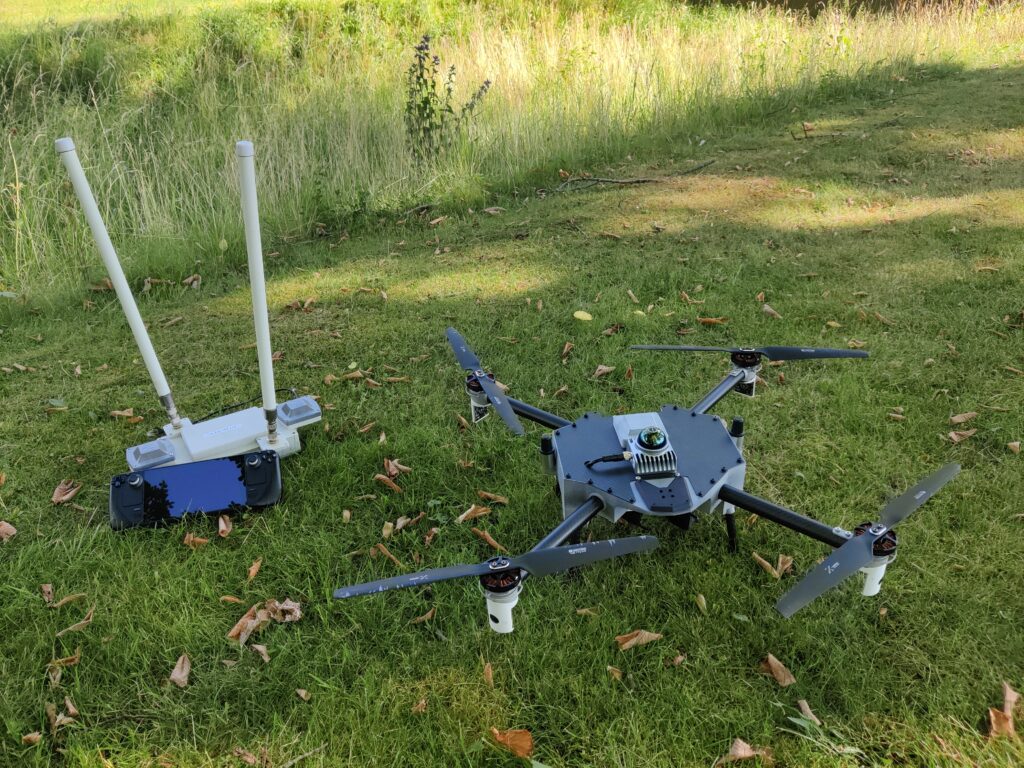
6 weeks ago, during the launch of our QRDF, we and our partners were tasked with developing a low-cost and effective detection system for our drones against interceptor drones. “Because if we deploy drones, we must also be able to protect them: against disruption, interception, and technological countermeasures,” said Minister van Defensie – Ruben Brekelmans in his speech during the launch.
Thanks to a fantastic collaboration with our partners Emergent Swarm Solutions, Fiducial, Tective Robotics, AEROINTEL and TNO, we have succeeded in developing this system. “It is thanks to our industrial partners that we have managed to develop a system against interceptor drones within 6 weeks. The collaboration with the Dutch ecosystem and the way of working within the Quick Response Drone Facility have proven their value. Unique about this technology is the ability to let a drone autonomously react to another drone,” said Bert Thuis, Vicepresident Aerospace Vehicles.
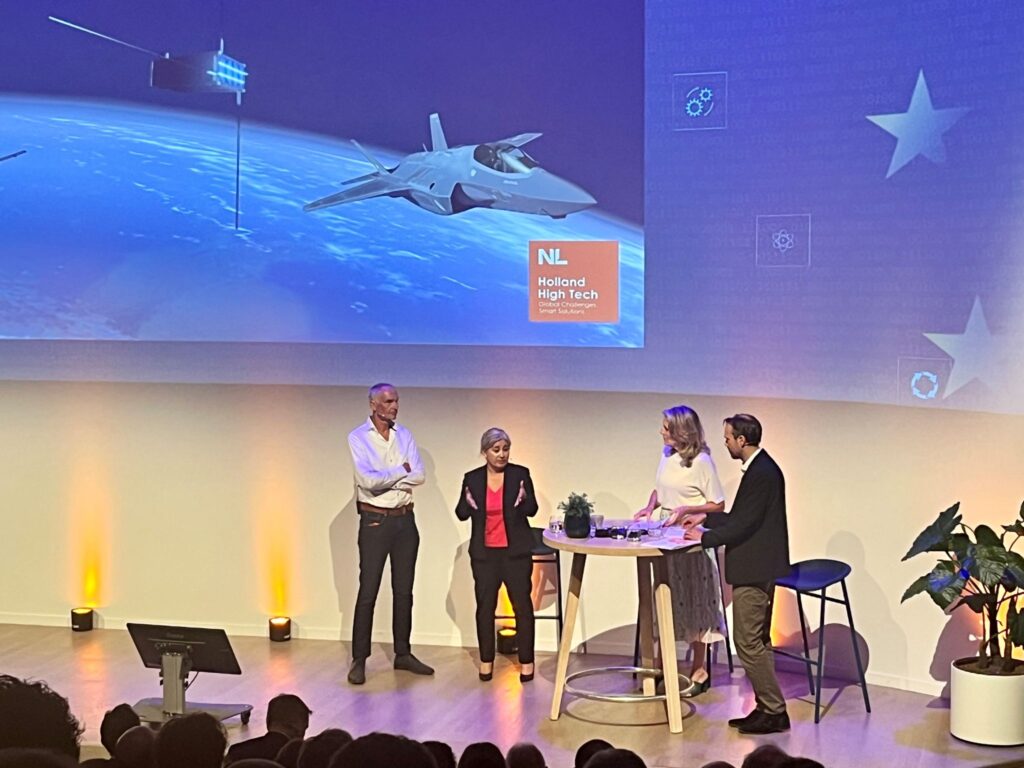
Yesterday, the Holland High Tech networking event took place. NLR was also involved and we were proud to share our expertise with other professionals from the industry.
Our colleague Oana van der Togt participated in a panel on how high-tech can contribute to a strong, secure and geopolitically independent Netherlands and Europe, together with other experts Tamas Erkelens of the Ministerie van Defensie and Gerold de Valk of FSO Instruments.
NLR is active in four of the Strategic Programmes of Holland High Tech, making our contribution to the urgent transitions.
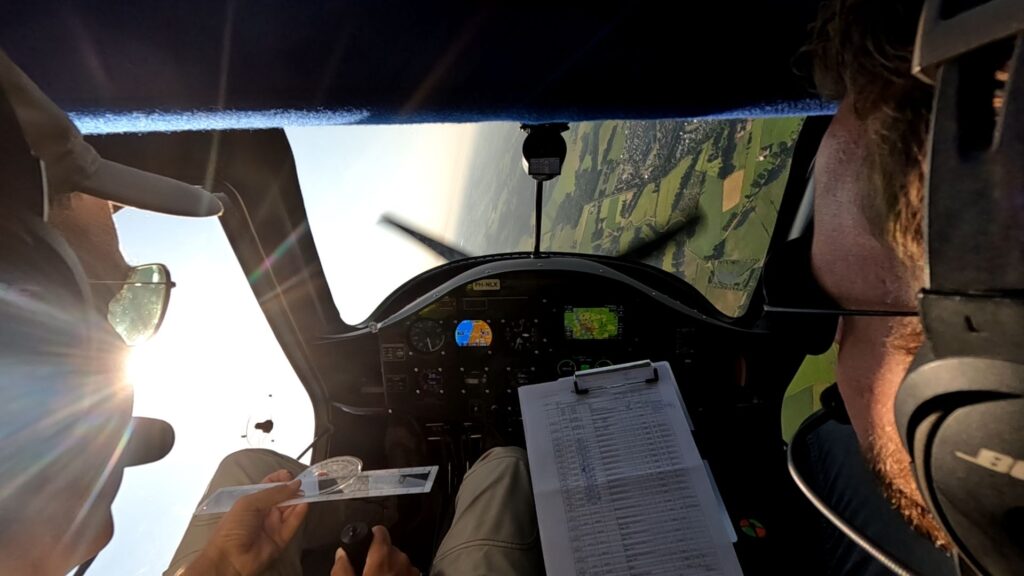
Last week NLR successfully conducted another flight test campaign with the Pipistrel Aircraft Velis Electro PH-NLX, as we’re aiming to extend the flight range of the fully electric aircraft.
For the PHYREX project (Pipistrel HYdrogen Range EXtender) the aircraft will eventually be fitted with a belly pod that affects the performance, stability & control and handling qualities of the aircraft. This new behaviour will be modelled in advance to ensure the flight safety. In this process it is paramount to validate our aerodynamic model of the unmodified aircraft first, to make sure that the baseline to which the modifications will be applied is correct.
The team has executed six measurement flights in total from E-Deck at Teuge Airport, where the PH-NLX is currently based. The flights took place early in the morning as a stable atmosphere was required to measure the trimmed flight performance & control positions and all dynamic modes such as the phugoid, short period pitch oscillations and the control responses.
These flight tests took place as part of NLR’s ambition to conduct a demonstration flight on liquid hydrogen in 2026.
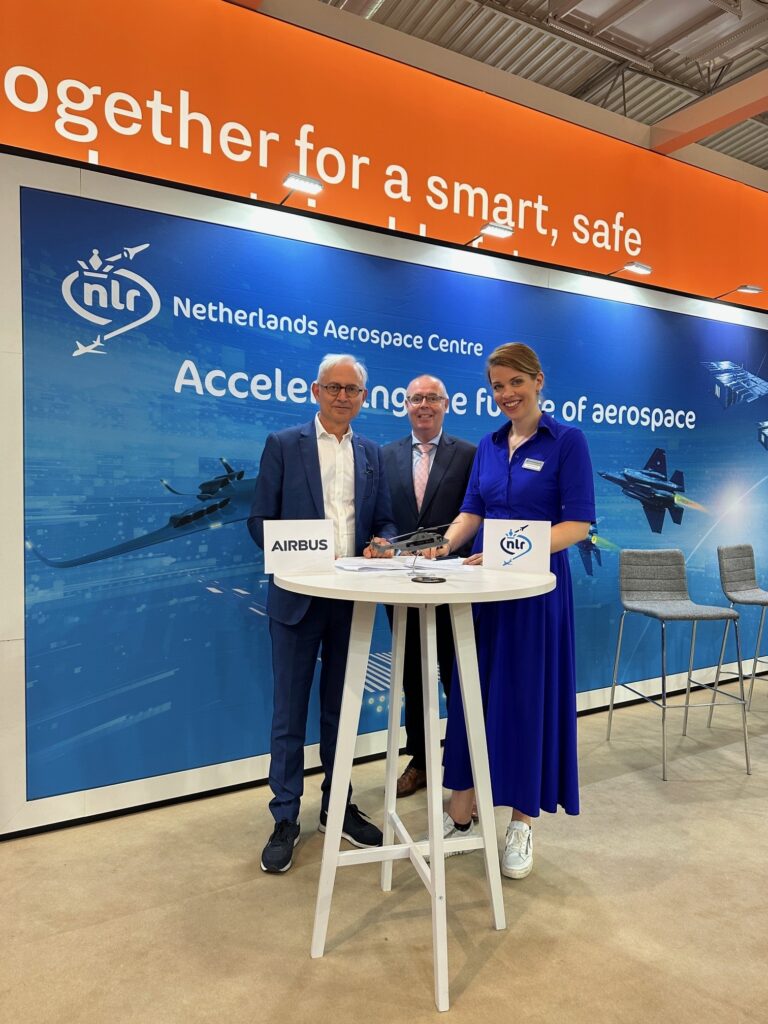
CEO Tineke van der Veen signed a Letter of Intent (LoI) together with Alain Krief, Head of Industrial Participation for Europe at Airbus Helicopters, in the presence of Jan Christiaan Dicke, Commissioner Military Production (CMP).
By signing the LoI, we are strengthening the collaboration of NLR with Airbus Helicopters, particularly in the areas of maintenance and operational availability. This partnership enables the Royal Netherlands Air Force to enhance the efficiency and effectiveness of their helicopters thanks to individual tracking, allowing them to better understand their fleet usage.
Through close cooperation on dedicated topics, NLR can serve as a key link between Airbus and the Royal Netherlands Air Force throughout the entire lifespan of these helicopters, focusing on deployability.
As part of the Ministry of Economic Affairs, the CMP is responsible for industrial participation, which is a requirement for defence contractors to invest in the national defence industry and innovation. Additionally, the government encourages the participation of Dutch companies in international cooperation which will join at a later stage of the Programme.
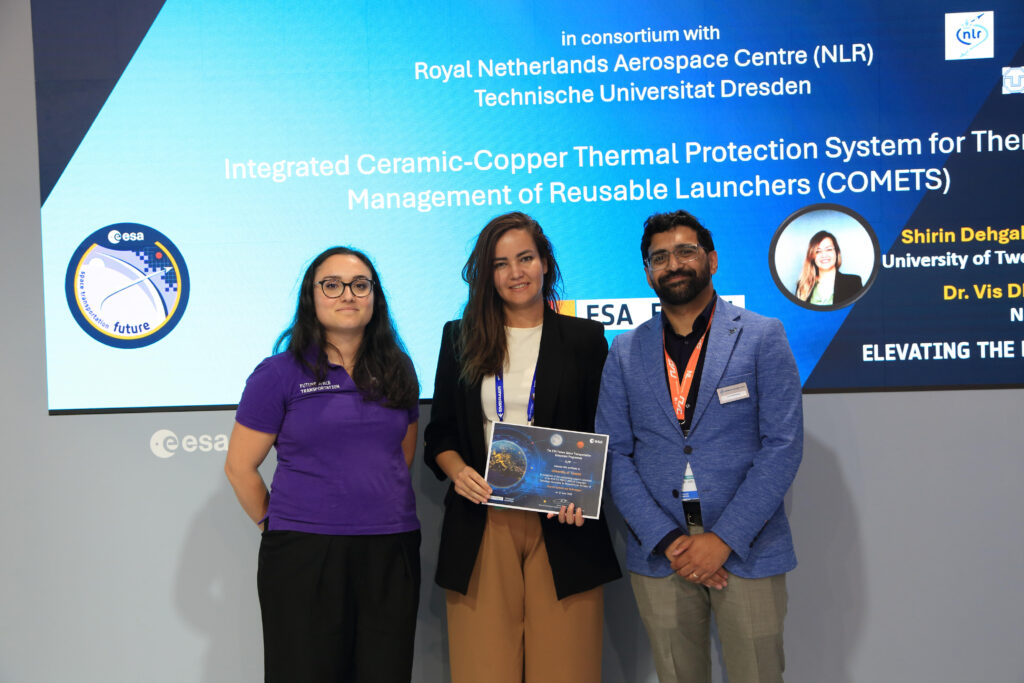
The consortium, comprising the University of Twente (UT), the Technische Universität Dresden (TUD) and Netherlands Aerospace Centre (NLR), has won the ESA award for the COMETS project. This project revolves around the development of a new generation of thermal protection systems (TPS) for spacecraft re-entering the atmosphere. The project focuses on an innovative manufacturing technique that allows us to produce metal and ceramic as a single multi-material component.
The COMETS project combines the expertise of the three institutions in the field of additive manufacturing (AM) and thermal protection technologies. The award recognises the consortium’s innovative approach to developing a multi-material system that combines both metallic and ceramic materials in a single thermal protection system.
The win of this award underscores the strong position of NLR and its partners in the European space sector and confirms their ability to develop groundbreaking technologies for future space applications.
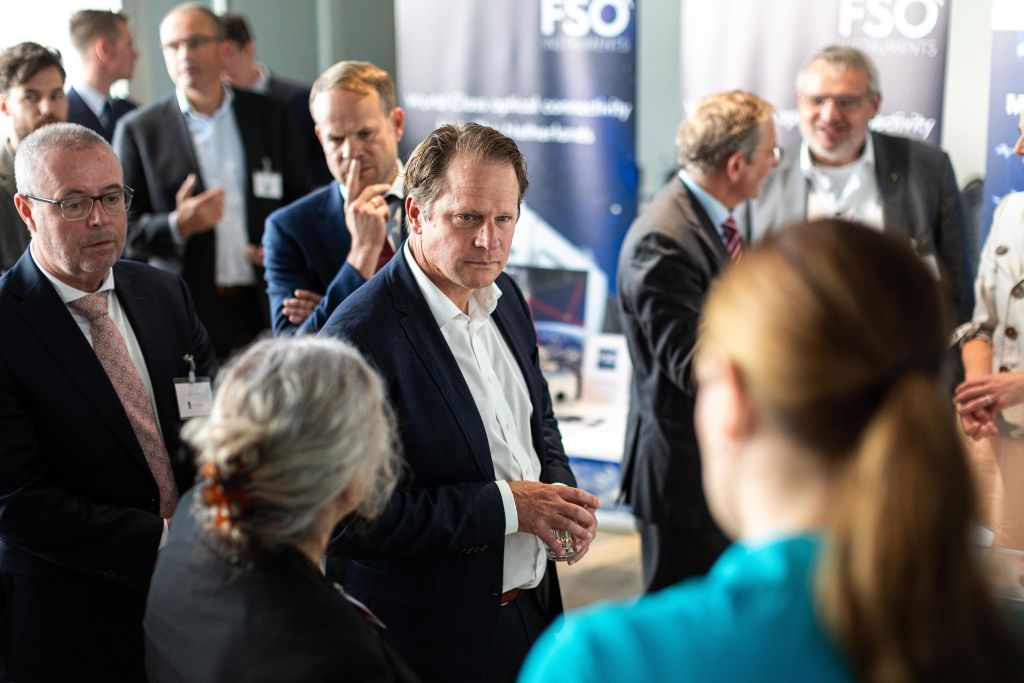
Minister of Defence Ruben Brekelmans and State Secretary of Defence Gijs Tuinman of the Dutch government visited the PAMI consortium to emphasise the significance of space technology.
For the Ministry of Defence, gathering intelligence is of great importance to ensure our national security and to fulfil our national commitments within NATO. Now, the Dutch consortium is developing a satellite and associated technology to support this effort. The PAMI satellite will be capable of collecting essential information during military operations, which will then be transmitted from space securely to users via optical communication.
“NLR encourages innovation in Space through technology for our safety”, states Tineke van der Veen, CEO of NLR. “For this project, we’re developing the electronics that will facilitate the inter-satellite link between PAMI satellites. But also, once the satellite is assembled, first it will be tested at our facilities in Marknesse to determine whether it can withstand the launch”.
The PAMI satellite is currently planned to be launched in 2028, subject to the ongoing development schedule.
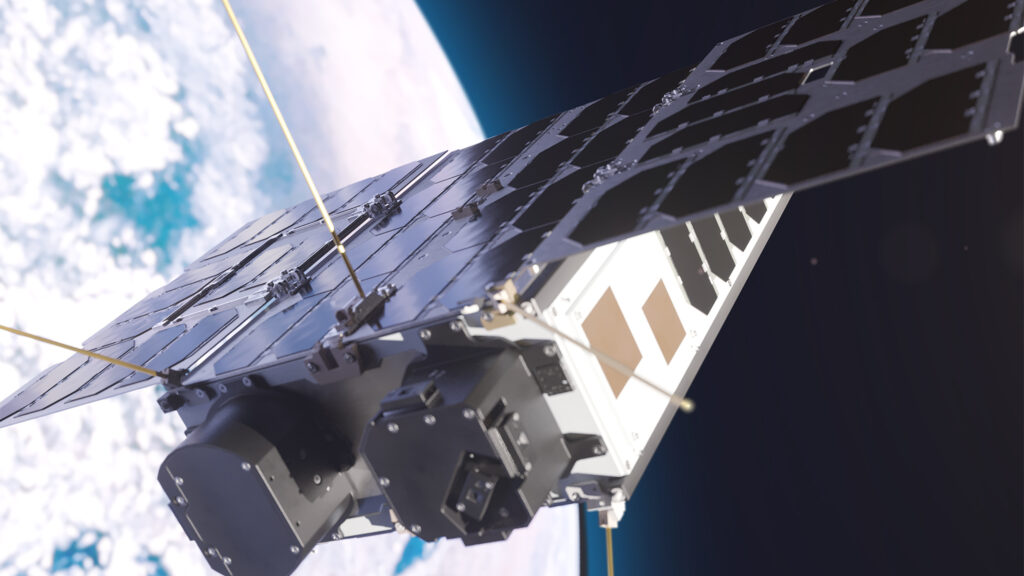
Today, we had the opportunity to highlight our role in the Dutch ecosystem with government and industry by showcasing the MilSpace2 project at ISISPACE Group in Delft, during a visit from European Commissioner Andrius Kubilius. Our presentation highlighted the collaborative efforts and the impact on enabling the industry to deliver necessary military capabilities. It was a great chance to demonstrate our work and its significance in the aerospace sector.
Watch our video on the Milspace2 project here.
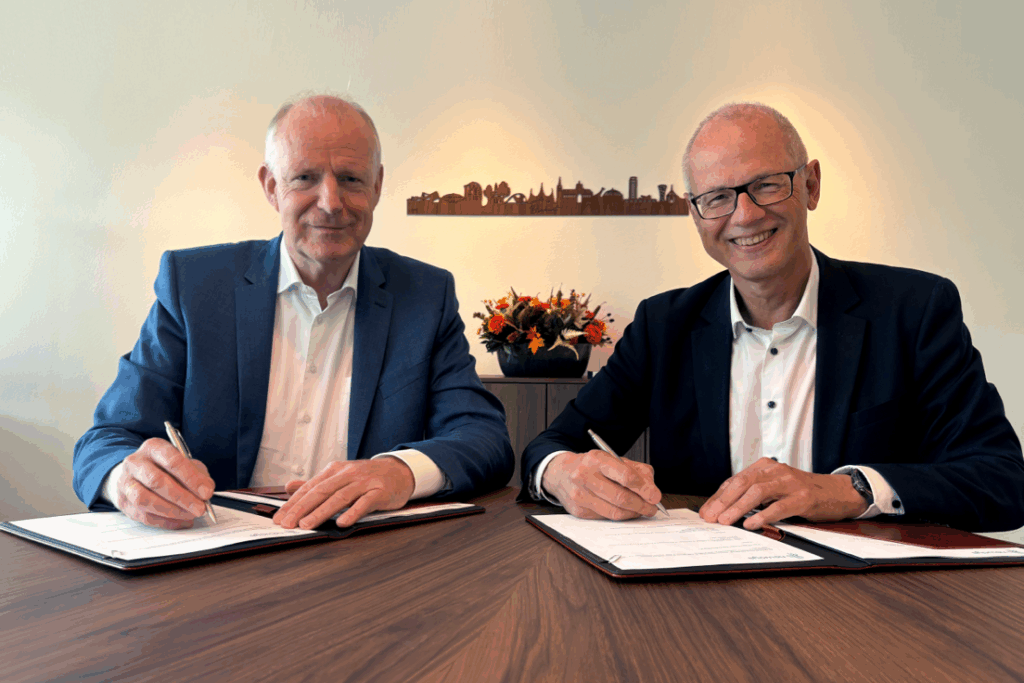
NLR and Neways are joining forces to enhance Aerospace and Defence applications in the Netherlands. This collaboration combines NLR’s innovation capabilities in aerospace with Neways’ expertise in electronic manufacturing to accelerate the development, prototyping, and industrialisation of specialised electronic components that are critical to the next generation of defence systems. Together, we are committed to strengthening the Dutch defence market by:
- Providing comprehensive lifecycle support through value engineering, redesigns, and mid-life updates.
- Developing advanced unmanned systems, including sophisticated Flight Controller technology.
- Driving specialised electronics innovation through the combination of Neways’ embedded motor drives, power electronics, and data systems with NLR’s expertise in aerospace.
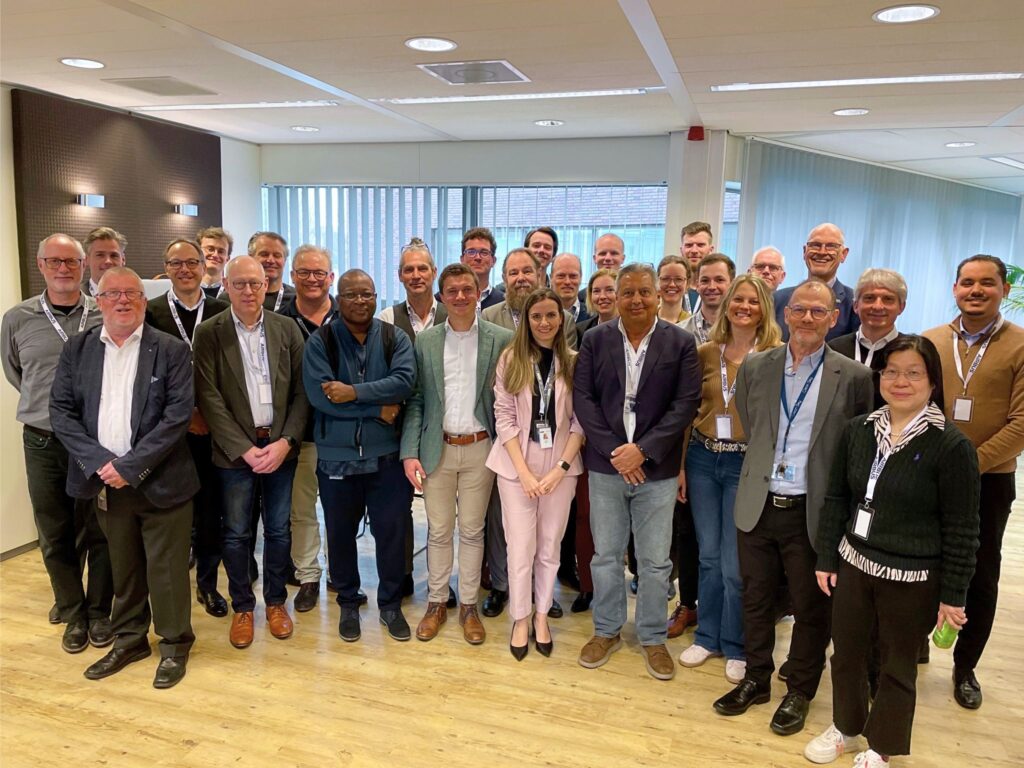
The ICEFlight project has officially taken off and we are looking forward to the results that this strong consortium will deliver in the coming years. ICEFlight aims to accelerate the development of critical cryogenic technologies, with the ambition of enabling hydrogen-powered flights. Together with leading Dutch partners, the consortium is working on specialised cryogenic cooling and electrical distribution systems, while strengthening the knowledge, skills and technologies needed in the Netherlands for the next generation of aircraft. For more information about ICEFlight, please visit: https://luchtvaartintransitie.nl/en/project-item/iceflight/
ICEFlight is the latest project within the Luchtvaart in Transitie programme, supported by Nationaal Groeifonds. This collaboration is led by Airbus Netherlands B.V., with partners including Airbus UpNext, GKN Aerospace, Stirling Cryogenics, TU Delft, University of Twente, Cryoworld B.V. and Futura Composites.
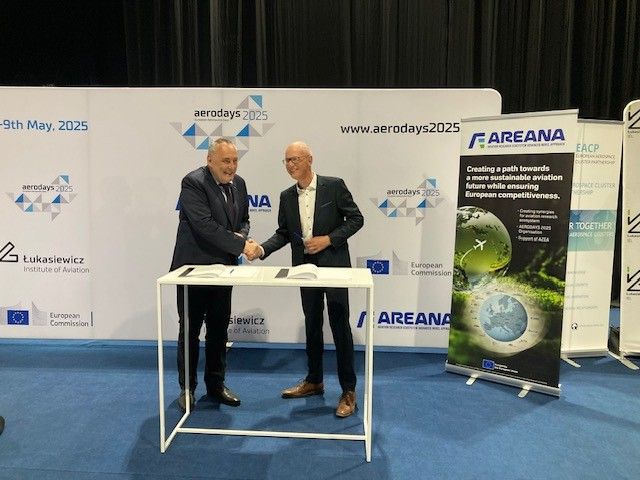
At the Aerodays 2025 conference in Warsaw, INCAS and NLR signed a Memorandum of Agreement (MoA) to explore possibilities for cooperation in areas of mutual interest in aviation. As members of EREA (Association of European Research Establishments in Aviation), INCAS and NLR will further develop a shared vision and policy to advance Research & Innovation in Europe. The primary objective of this MoA is to advance knowledge in the area of new generation aircraft with zero emissions and air transportation automation. The goal is to enhance industry competitiveness and reduce the environmental impact of air transport by decreasing fuel consumption, noise, and emissions, and to reduce delays and increase safety under both standard and non-standard airspace operations operating conditions.
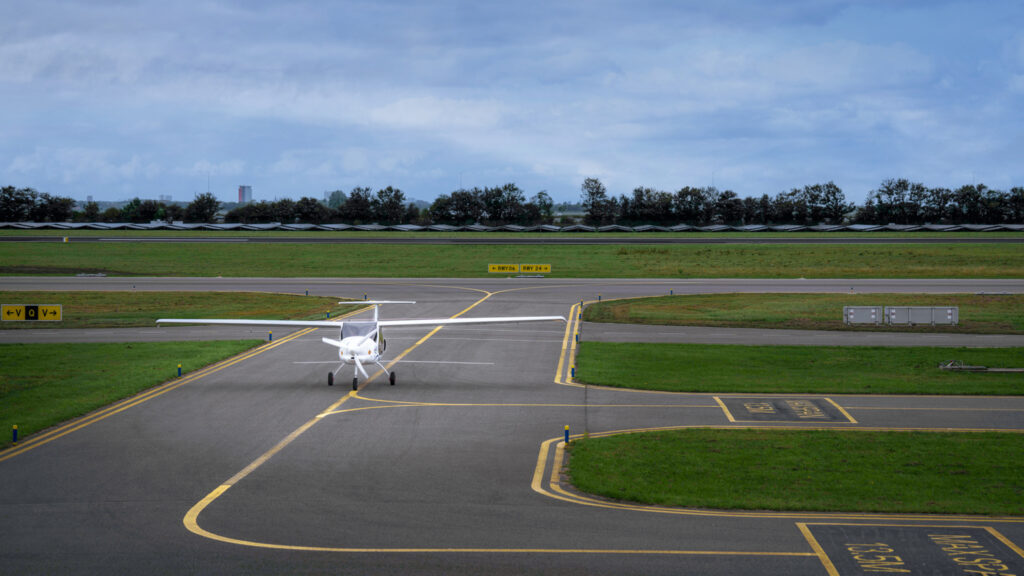
As a knowledge institution for applied research, we have a central position in the valorisation process of converting knowledge into value. Our goal is that the result of our research finds its way into applications in society and economy in order to make an impact there. Do you want to know more about our prominent research? View (and download) the impact report 2024 here on our website (Dutch only).
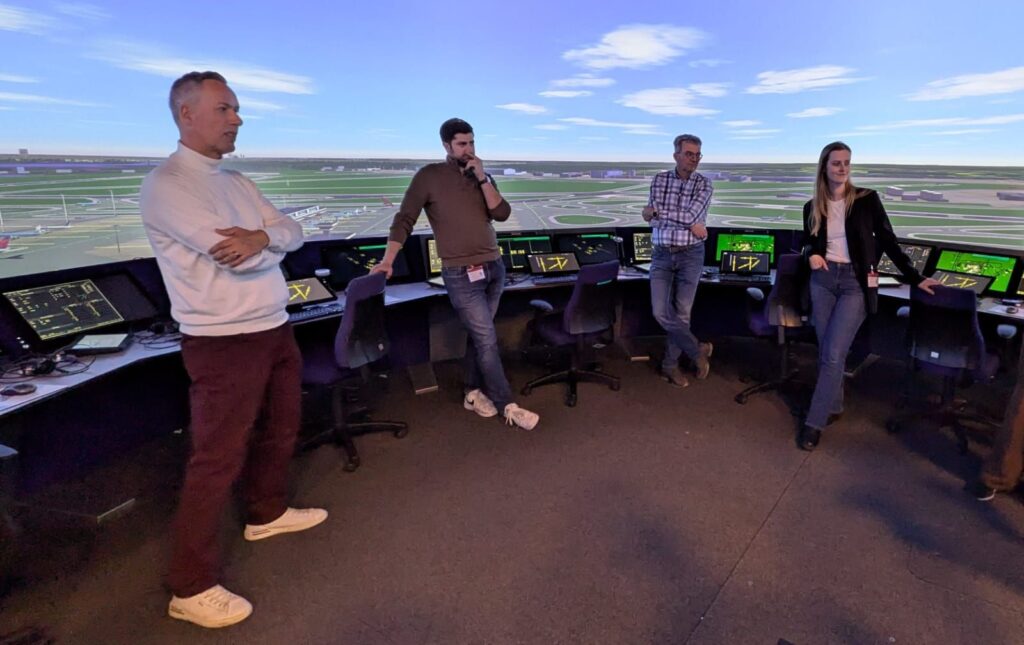
Today, we received a delegation from the Amsterdam City Council, consisting of representatives from Dutch political parties VVD Amsterdam, Volt Amsterdam, DENK Amsterdam, and JA21. We showcased the scientific work being done within their municipality at NLR. Our experts shared their knowledge on issues such as noise hinderance around Schiphol Airport and the optimisation of flight routes. They also got a glimpse of our Virtual Community Noise Simulator (VCNS) and the Air Traffic Control Simulator (NARSIM). The visit provides an opportunity to link our research results and expertise to the practical challenges and needs of the Amsterdam City Council.
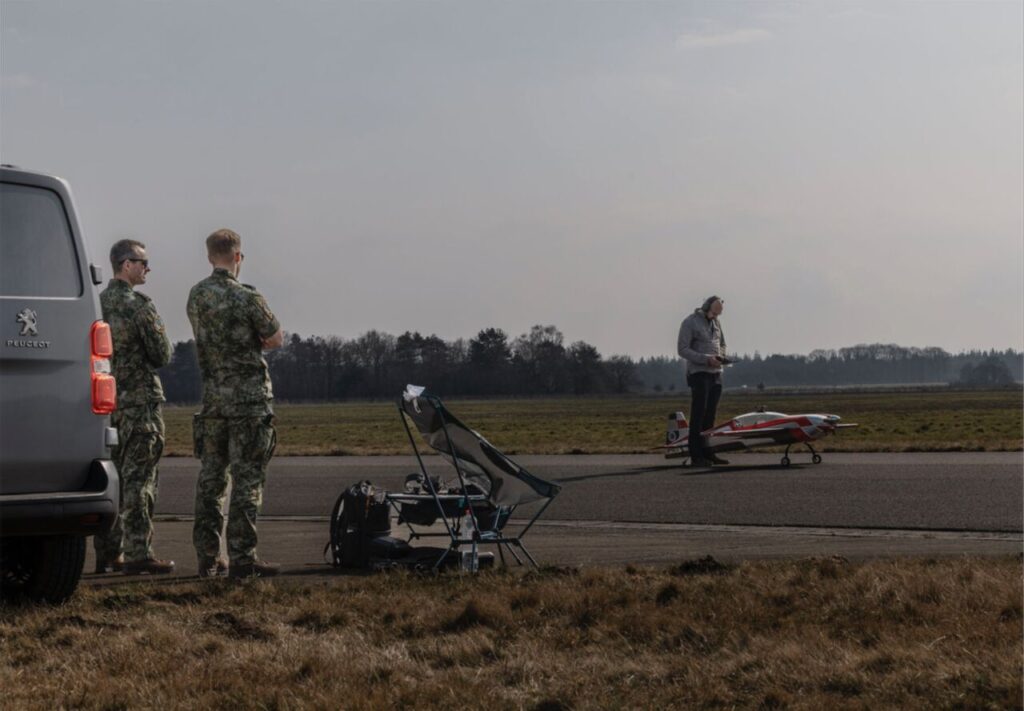
What if you had to build a completely new detection system in just three months? Together with the Royal Netherlands Air Force and TNO, we developed a system to detect low-flying drones and projectiles at record speed. A process that normally takes years was reduced to weeks. And with success! With project CLSK X, we prove that extremely fast innovation is possible through good collaboration with partners, a can-do mentality, and complete freedom to innovate. Read about it in the Dutch Defence Journal (Dutch only).
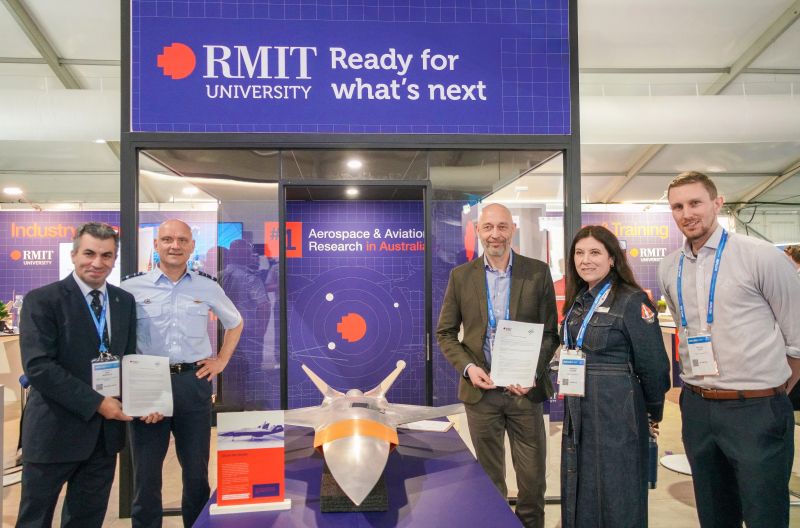
NLR and RMIT University from Australia have recently signed a Memorandum of Understanding (MoU). This MoU formalises the intention to collaborate on the development and research of innovative technologies for aircraft maintenance.
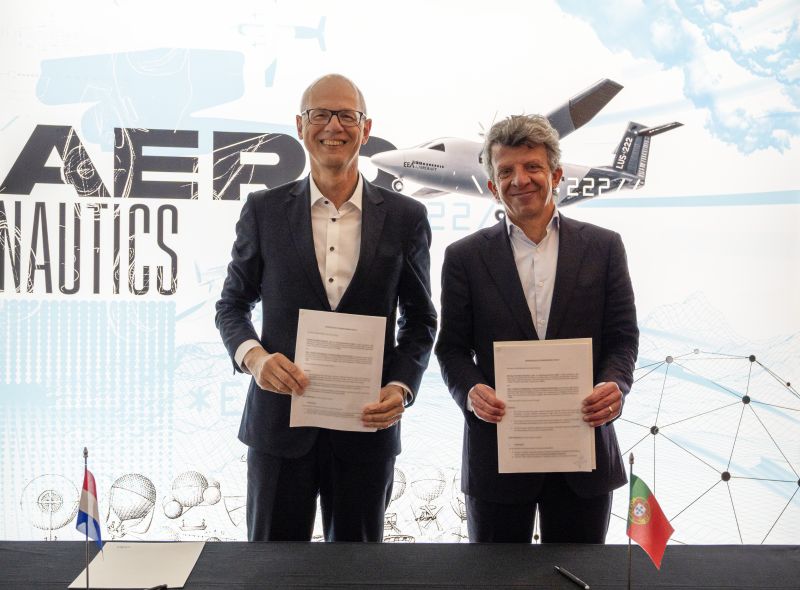
Royal NLR and CEiiA // Centre of Engineering and Product Development, signed a Memorandum of Understanding (MoU).
This partnership is a significant step forward for both our organisations and the impact we can make together when it comes to sustainable European autonomy, Research & Development and Competitiveness. Cooperation is essential in today’s complex environments and global challenges. The signing of the MoU will enable us to tackle these challenges more effectively and create new opportunities for growth and develop innovative solutions serving society.
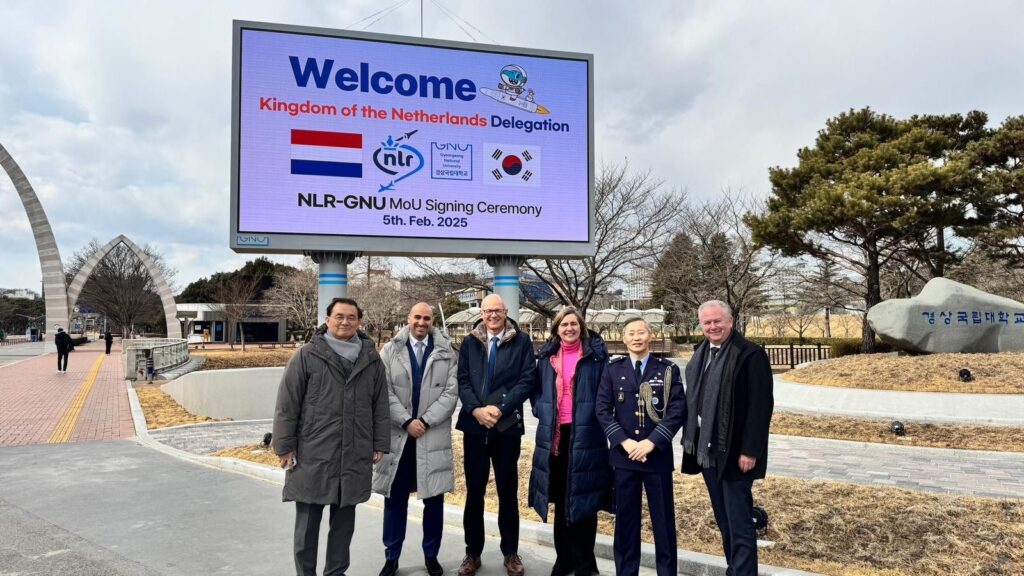
As a global player, Royal NLR operates worldwide, and our presence in South Korea is a key example of our commitment to international collaboration. For 20 years, we have been working together with Korean industry leaders such as Korea Aerospace Industries and LIG Nex1, to drive innovation and progress in the aerospace sector. This partnership was recently reaffirmed during a visit to South Korea by a delegation consisting of NLR CEO Michel Peters Director of Business Development Fouad Gaddur, and DNW – German-Dutch Wind Tunnels Director Joost Hakkaart. Beyond reaffirming these vital relationships, a significant highlight of the recent visit was the signing of a Memorandum of Understanding with Gyeongsang National University (GNU-GADIST). Next to this we had the privilege of engaging with the Korea AeroSpace Administration, gaining valuable insights into their vision and initiatives. We extend our sincere gratitude to Dong June International, our local agent and the Embassy of the Kingdom of the Netherlands in Korea for their invaluable support throughout the visit.
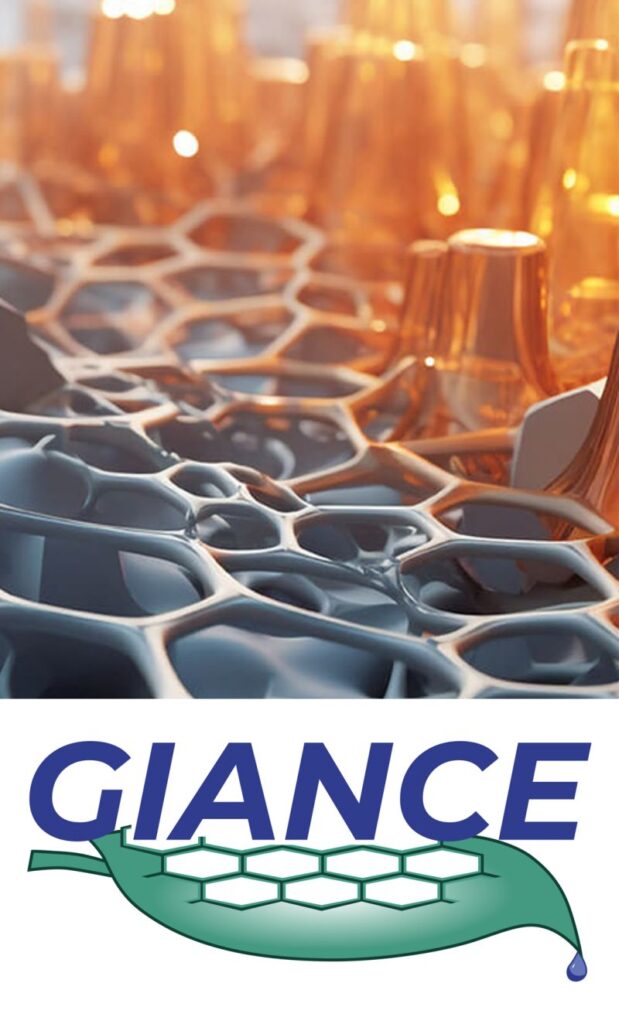
GIANCE project: Innovating for a Sustainable Future
NLR is part of the GIANCE project, working with 23 partners to create eco-friendly, affordable materials for aerospace. The focus? Advanced graphene-based materials that are lightweight, recyclable, and environmentally friendly.
What are we doing:
– Developing a leading edge for a UAV spacecraft from Dawn Aerospace, which needs to withstand extreme temperatures encountered during space missions
– Creating a trailing edge part for Boeing, which demands specific lightning strike protection when manufactured from composite materials.
Our goal? To develop and validate graphene modified high-temperature composite solutions for the leading edge and graphene modified coating that can protect the thermoplastic trailing edge part, replacing the traditional metal mesh.
This project means better, lighter, and more efficient aerospace materials, all while reducing environmental impact. GIANCE’s emphasis on recyclability, reducing weight, and enhancing performance fits perfectly with NLR’s mission to push the aerospace industry forward while minimizing its environmental footprint.
More information about GIANCE? Check out the GIANCE website.
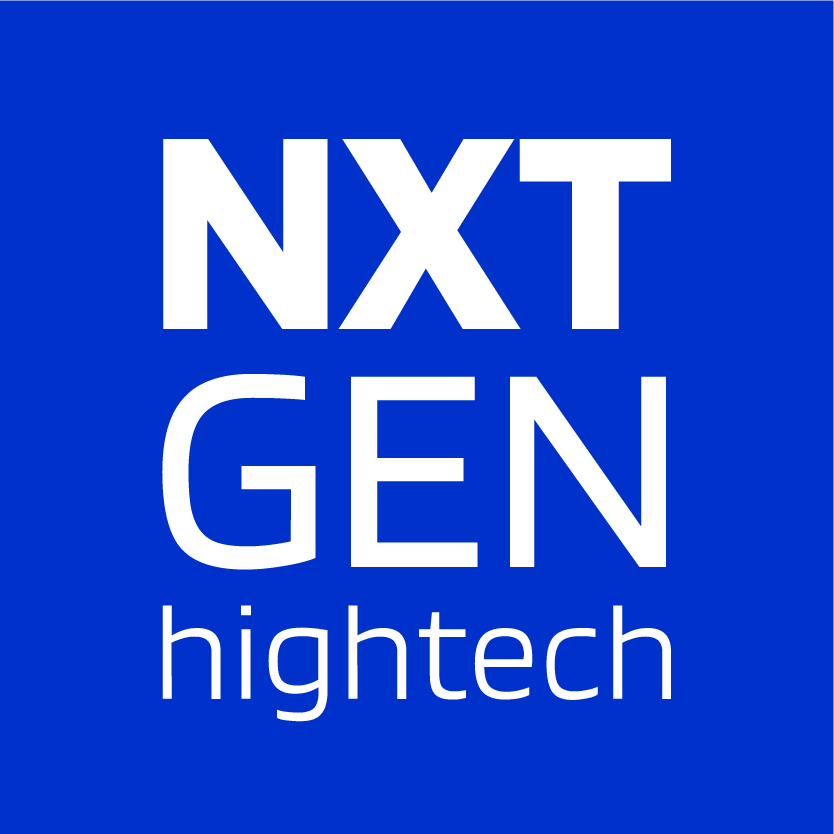
NLR has recently finished the first phase of the Dutch NXTGEN Hightech programmes related to innovative composite production technology (hardware and software) for high-quality applications in aviation and mobility. The overall goal is to contribute to the reduction of CO2 emissions, waste reduction, and efficiency in production processes through automation and digitisation, and help improve the affordability and flexibility of composite production and drastically shorten the time-to-market for new product series.
✈️ Digital composite automation for sustainable aviation
The projects aim to make the aviation industry more sustainable by developing a digital production platform for flexible production composite production, essential for lightweight aircraft components.
🚘 Digital micro-factory for lightweight e-mobility
This project focuses on developing a digital production platform for the flexible production and recycling of lightweight thermoplastic composites, aimed at e-mobility and automotive applications
Watch the videos to learn more about the research projects:
Visit the NLR booth #6C77 at the JEC World 4-6 March in Paris.
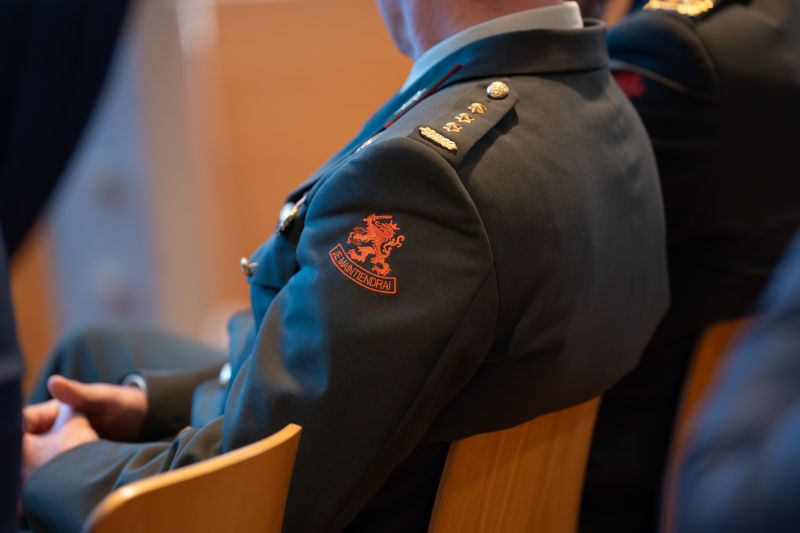
In mid-February, NLR organized a meeting with its partners titled “Preparing now for the industry of tomorrow”. During this afternoon, the themes of strategic autonomy, production scaling up, and ecosystem for short-cyclic innovation took center stage. Representatives from the Ministry of Defense provided insight into the Action Plan for Production Security of Unmanned Systems (APOS). The panel discussions with representatives from the Ministry of Economic Affairs, Ministry of Infrastructure and Water Management, Defense, NLR, TNO, and industry companies such as Avalor AI, VDL Groep Konings, Orange Aerospace, GKN Fokker, and PAL-V, focused on the challenges of accelerating innovation and enabling production scaling up. There is a strong ambition and great opportunities for a stronger ecosystem of government-industry-knowledge institutions. We look back on a successful meeting, thanks in part to and with great appreciation for all the speakers and participants!
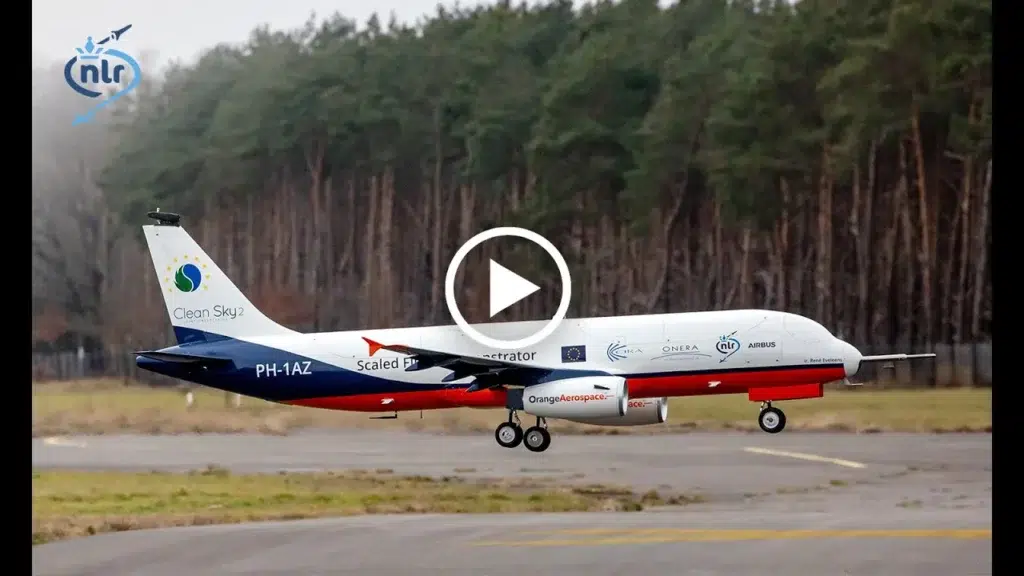
Please check out our latest video about Distributed Electric Propulsion technology, that was demonstrated and tested in a measurement campaign with numerous flights of a scaled aircraft in 2024 ???? ✈.
The flight dynamics and control of the aircraft allow steering and controlling the aircraft with differential thrust. It enables the aircraft to steer during flight with different thrust of the left and right engines relative to each other. This technology that offers several advantages such as reduced drag (e.g. less usage of the control surfaces), can contribute to innovations towards climate neutral aviation.
The project contributes to the objective of the Clean Sky 2 programme of the European Commission in which Airbus, ONERA – The French Aerospace Lab, CIRA – Italian Aerospace Research Centre, TU Delft | Aerospace Engineering, Orange Aerospace.- and NLR collaborate.
Watch the video here